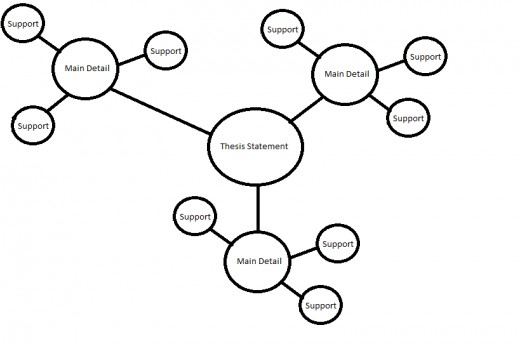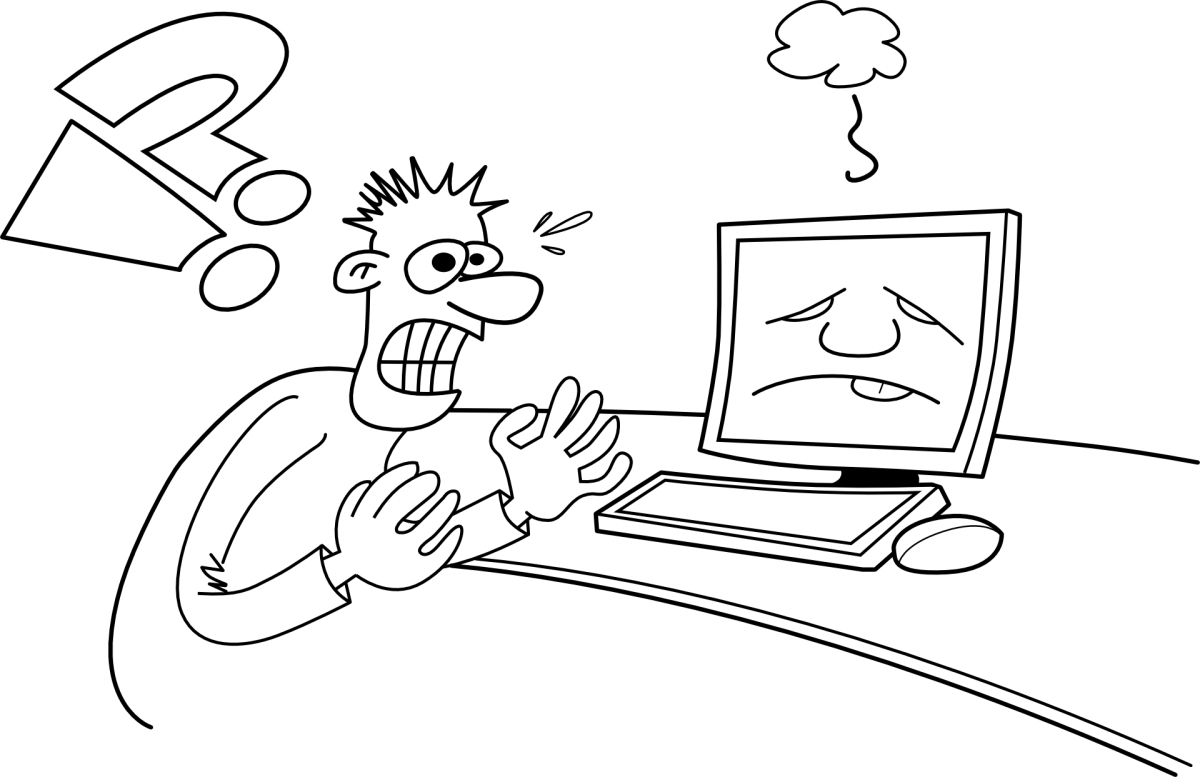How to Teach The Outline: Step Two of the Writing Process

The Purpose of the Outline
Many people might think that after one has brainstormed, he or she is ready to start writing. For some writers, this may be their process, but for students just learning the Writing Process, it is important for them to take the time to make an outline. This will help them stay organized, thesis driven and keep their writing cohesive.
Teaching Students to Outline
Just as I mentioned in the brainstorming step, it is important to keep the entire writing process as authentic as possible for the writers. This can be accomplished in many ways, the most important is allowing the students to approach each step in a way that is comfortable for him or her. Depending on what grade level you are teaching to outline, you may find that some of your students have had experience with outlines in the past and have one that they feel comfortable with.
The first step to outlining is coming up with a rough thesis statement. This can be one of the most challenging parts of this step, as students have a tendency to want to get it right the first time. They need to know that the writing that is happening at this particular step is malleable and will not look the same when they are finished.
When students are working on the rough thesis statement, have them consider a few questions to help them with formulating it. Remind them that the thesis represents purpose. What is the purpose of writing the paper? What is it that they are trying to say, prove, or discuss in the writing? Once those questions are answered, the thesis can be developed. The rough thesis does not have to be perfect by any means; it can be manipulated later on.
Once the rough thesis is developed, the writer needs to take the ideas from the brainstorm and organize them around the thesis statement. Remind the writer that ideas from the brainstorm can be thrown out and new ideas that are not on the brainstorm are welcome in the outline.
There are several ways to approach outlining. Always teach and model a variety of ways and allow the students to pick what way works best for them. I will often show the bulleted outline first because that is the one I am most comfortable with. It looks like this:
Thesis Statement:
- Main Detail
- Support of the Main Detail
- Support of the Main Detail
- Main Detail
- Support of the Main Detail
- Support of the Main Detail
- Main Detail
- Support of the Main Detail
- Support of the Main Detail
It is important to emphasize how everything must be tied into the thesis statement. The main details should be in support of the thesis and should tie in. They should also be presented in an order that works at proving and supporting the thesis statement. Subsequently, the support of the main details should tie to the main details and be organized in a way that supports that particular detail. One way to teach students to stay true to their thesis is to use the Sandwich Strategy.
Another way to show an outline would be to use a web. The thesis statement would go in the center, around it the main details and from them the supporting details. This outline is especially loved by our visual learners.

Some students may have a difficult time really organizing in this structured way. Their outlines may be bits and pieces of writing and phrases that are organized around a thesis statement. Again, regardless of the method the student chooses, the purpose of the outline is to organize thoughts and ideas around a central thesis so that as the student moves to the next step, drafting, he or she has some direction.









